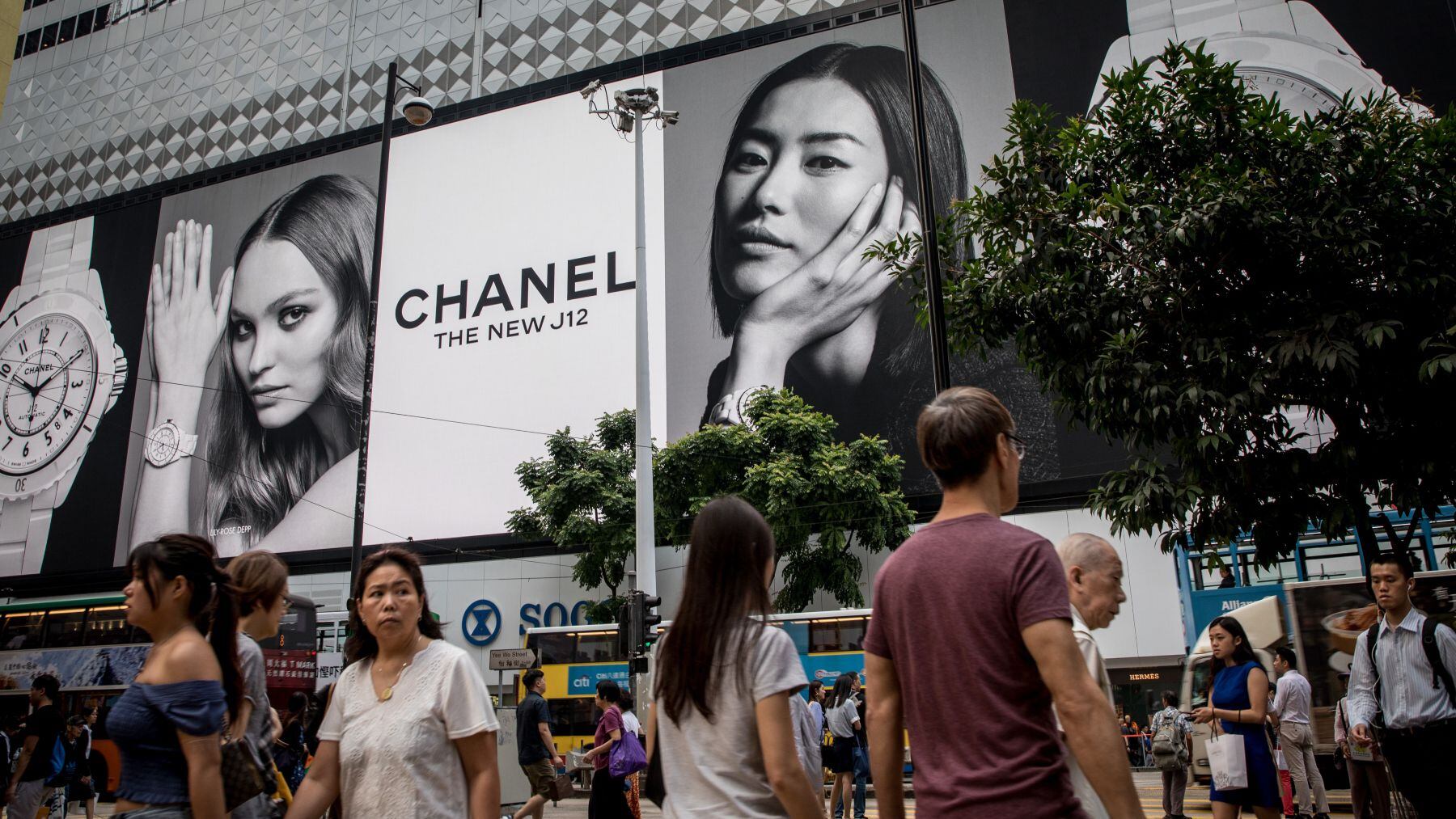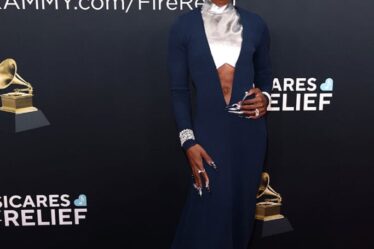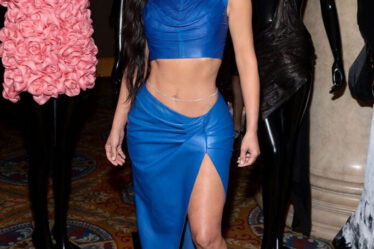
If 2023′s biggest flameouts taught the fashion industry anything, it’s that companies neglect their brand identity at their own peril.
Farfetch’s fire sale to Coupang, had many causes, but a big one was its inability to build a cohesive brand identity, even as it built a commanding lead in the luxury e-commerce market. Allbirds, which sold truckloads of wool runners via ubiquitous social media ads, saw its stock sink to record lows. Amyris, which banked on celebrities to lure in consumers to its beauty products, filed for bankruptcy in August.
To survive — let alone thrive — in today’s market, nothing is more important than marketing that shapes a brand’s long-term reputation. Look at brands like Abercrombie: In the 2010s, its reputation had tanked due to a series of public controversies, but it has since mounted a turnaround by ditching its exclusionary image, refreshing its product lineup and courting older consumers that already had an affinity for the brand. Or Chanel, which has succeeded for decades by embracing the brand’s original codes, such as tweed and camellia flowers, while updating the designs for the modern consumer.
A brand or product may be omnipresent on Instagram or TikTok feeds, but without a deeper meaning behind it, that visibility will only take a company so far. Performance marketing (marketing methods where brands only pay based on results received, as is common in social media advertising) is still an important part of any company’s marketing mix. In 2024, it should be used to amplify an extensive brand marketing strategy, rather than serve as its foundation.
This trend is only expected to continue into 2024 as the wider economic landscape remains uncertain, making it increasingly difficult to capture consumer attention. This year, marketers need to think about brand as the muscle behind everything they do, from large-scale campaigns and events to short-term social media ads users can swipe away with a tap of a screen.
“Consumers are making more considered choices, and if you haven’t done the work to connect with them on that level, then you end up getting swept away by your competition,” says Sarah Grech, brand voice lead at ad agency Mother Design.
Back to Brand Basics
Brand marketing is about telling a story. And what story your brand tells all comes down to its purpose.
“Any brand starts with an idea, and ideas that become brands evolve,” Gap Inc. chief executive Richard Dickson said on stage at BoF VOICES in December. “Evolution keeps the brand relevant, but purpose makes a brand immortal.”
It’s a topic he knows well: Dickson, who previously served as the president of Mattel, where he oversaw the evolution of the Barbie brand, which, when he joined the company in 2014, was outdated and underperforming. In harnessing its purpose — empowerment of young girls — while pushing the brand to embrace a more modern sensibility, it was able to return to success, culminating in the release of the blockbuster “Barbie” film earlier this year.
Now, he’s attempting to do the same with another iconic American brand that’s lost its way — Gap.
Purpose isn’t necessarily about aligning with a philanthropic cause or social movement; it can mean creating effective skincare with safe ingredients or designing the perfect T-shirt. Marketing should reflect that purpose, which can then be amplified in several ways: Through big-ticket campaigns, but also on social media or events.
For menswear brand Mizzen+Main, that’s meant reflecting how customers use their product in their advertising.
“We know that our customer is a working man … part of reaching [our core customer] is understanding what he does and how he engages with our hero product, a performance dress shirt,” said chief marketing officer Bethany Muths.
The brand hosts a video series called “Thanks for the Time,” where three men — wearing Mizzen+Main apparel and holding microphones featuring the brand’s logo — discuss “water cooler”-esque topics, such as methods for doing math equations in their heads or hotel hygiene. And when Mizzen+Main did a pop-up coffee truck to build awareness, it set up shop in the heart of Dallas’ downtown office district, where they could catch working men on their lunch break.
Conceptualising that story is one thing, determining where to tell it is another. As marketers prioritise their brand marketing strategies, they should also consider new channels — or using their pre-existing channels in different ways — to meet their customer where they already are.
“Right now, you’re seeing a ton of ads, and the ones that are really cutting through are those that are really savvy, showcasing content in a way that feels deeply personal, genuine and well researched,” said Jamie Wachlarz, chief marketing officer at influencer talent management agency Estate Five.
In influencer marketing, Wachlarz said, that means partnering with creators that already have been evangelising your brand and allowing them to flex their creative muscle in crafting the content. Brands can also use influencers not just for their influence, but to create user-generated content that they can then run on different platforms, which will bring a more personal touch to a brand’s social media ads.
While shifting approaches on pre-existing channels matters, Erin Kleinberg, founder of agency Métier Creative and body care label Sidia, said it’s also about appearing in the places that customers want to see them. For her brand Sidia, that means top-tier spas, such as at the Beverly Hills Hotel, or in the locker rooms at cult-favourite fitness classes like Tracy Anderson.
“It’s like, ‘Oh my god, I love this brand and it’s showing up everywhere where I am,’” she said.
Brands Under Pressure
Marketers will undoubtedly face renewed pressure from their finance departments to justify their spending in the face of a more challenging macroeconomic environment. They have to balance that reality with the fact that even with the strongest brand marketing strategies, it takes time to fully see the impact on the brand’s bottom line.
Jon Claydon, chief development officer at affiliate management agency Acceleration Partners, recommends brands take a page out of the performance marketing playbook to measure the effectiveness of brand marketing efforts, even in their early stages. Looking at metrics such as brand lift — positive momentum around consumer perception of a brand — and brand awareness can help demonstrate progress. That can be measured with a number of tools, such as TribeDynamics’ earned media value and Launchmetrics’ media impact value, both of which determine the online chatter and impact around a particular campaign, product or viral moment for a brand.
Still, brands shouldn’t feel that they need to perfect their brand marketing strategies before beginning to publicly experiment. The best brands, according to Ben Hennes, chief creative officer and co-owner of creative agency Happylucky, have the sort of relationship with their consumers that makes them feel they’re a part of the brand they’re shopping.
“As long as brands have a real understanding of their purpose and existence in the world, I don’t think they have to go dark for years before they come out with something,” he said. “They can start to have a real conversation with consumers and just be really transparent about who they are and how they’re marketing.”



